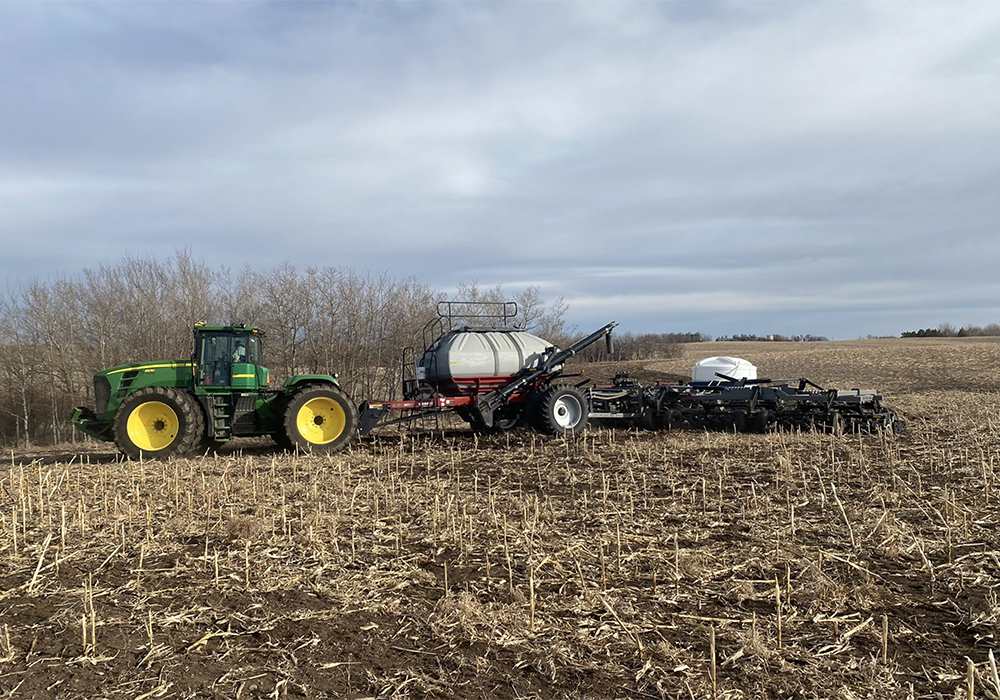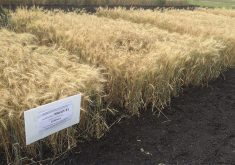Three years ago, the Gould brothers, Farley and Matthew, tried ultra-early seeding. They figured it was a good way to get a spring jump on planting their 13,000 acres.
Researcher-farmer Graham Collier is a neighbour, so the Goulds were well-acquainted with his work on ultra-early seeding.
Farley said the system has worked well and so far, there have been no failures.
Related stories in this issue:
- Ultra-early seeded wheat can survive
- Dormant: fall-seeded winter crops
Read Also

Gene editing digs deeper space in Canadian plant breeding
More Canadian research into crop variety development is incorporating gene editing, and one researcher notes that Canada’s regulatory approach to gene editing will help drive innovation
“I think it’s definitely a risk. But I think the upside outweighs the downside, especially in our country out here at Consort (eastern Alberta),” said Farley.
“There’s always a chance the crop will come up and then we get a hard killing frost, or we get a lot of rain and the seed just lays there and rots.
“We haven’t done any side-by-side trials yet, so I don’t have data. But comparing Field A to Field B, the earliest seeded fields always come out better than the later fields. It’s hard to really define ultra-early. We start what Graham calls ultra-early, but then we keep on rolling without a break, in order to get all the acres seeded. Ultra-early just continues to blend into conventional seeding.”
In 2022, the Goulds started seeding April 3, which is about a month earlier than normal. They experienced no problems with those ultra-early fields. Farley says the neighbours are paying attention. He says there’s a lot of interest, but also a fair amount of skepticism.
















